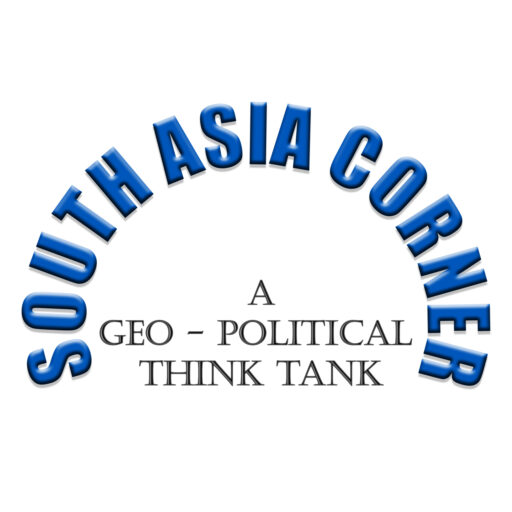About South Asia Corner
About South Asia Corner: It is a nonpartisan, private policy think tank with only a focus on both international and domestic security concerns. In addition to carrying out a broad range of research initiatives, the Institute encourages discussions and collaborative studies with other organisations and specialists domestically and abroad, analyses Japanese foreign policy makes recommendations to the government and informs the public about international relations. The Institute aspires to be a vital source of information on international politics in a complicated world, working with a substantial network of connected experts.
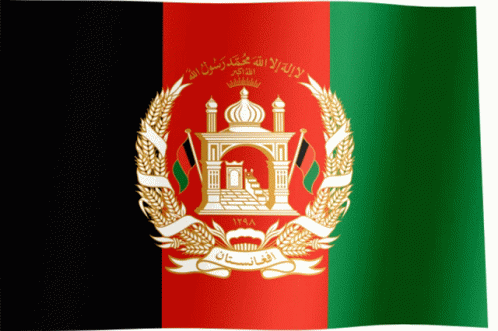
Soth Asia Corner : Afghanistan
The country served as a buffer between the British and Russian Empires until it won independence from notional British control in 1919. A brief experiment in increased democracy ended in a 1973 coup and a 1978 communist countercoup. The Soviet Union invaded in 1979 to support the tottering Afghan communist regime, touching off a long and destructive war. The USSR withdrew in 1989 under relentless pressure by internationally supported anti-communist mujahidin rebels. A series of subsequent civil wars saw Kabul finally fall in 1996 to the Taliban, a hardline Pakistani-sponsored movement that emerged in 1994 to end the country’s civil war and anarchy.
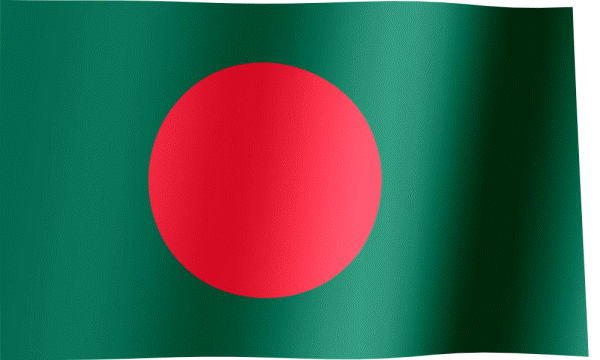
South Asia Corner: Bangladesh
Bangladesh population accounts for 2.2% of the world’s population. Bangladesh has a population of 159.86 million people and a population density of 1238 persons per square kilometers, the highest among the world’s larger countries. Life expectancy in Bangladesh is 70 years while the population growth rate is 1.2% annually. Bangladesh has a GDP of $572.6 billion, the third highest in South Asia with a GNI of $3,190 PPP.
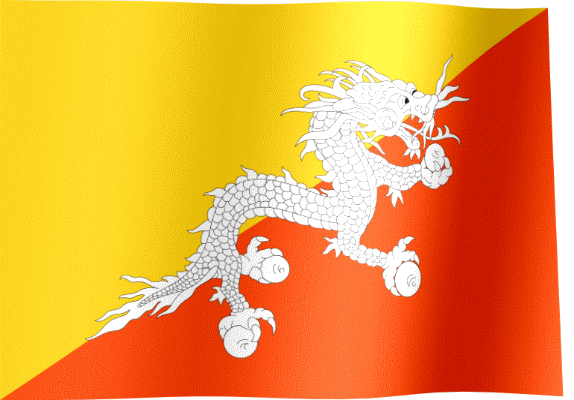
South Asia Corner: Bhutan
Britain and Bhutan signed the Treaty of Sinchula, under which Bhutan would receive an annual subsidy in exchange for ceding land to British India. Ugyen WANGCHUCK – who had served as the de facto ruler of an increasingly unified Bhutan and had improved relations with the British toward the end of the 19th century – was named king in 1907. Three years later, a treaty was signed whereby the British agreed not to interfere in Bhutanese internal affairs, and Bhutan allowed Britain to direct its foreign affairs. Bhutan negotiated a similar arrangement with independent India in 1949. The Indo-Bhutanese Treaty of Friendship returned to Bhutan a small piece of the territory annexed by the British, formalized the annual subsidies the country received, and defined India’s responsibilities in defense and foreign relations. Under a succession of modernizing monarchs beginning in the 1950s, Bhutan joined the UN in 1971 and slowly continued its engagement beyond its borders.
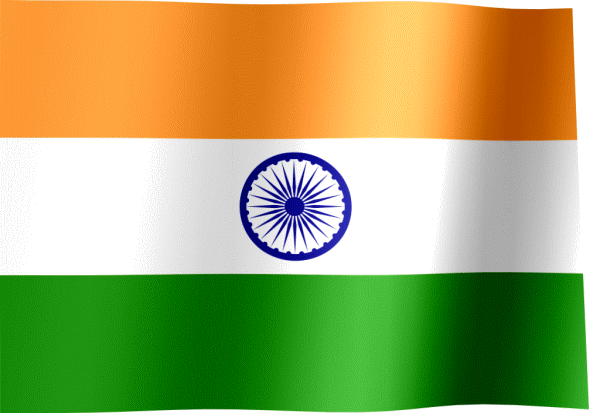
South Asia Corner: India
In South Asia, India is the largest and the most populous country with a population of 1.276 billion people. Urban areas such as Delhi, Mumbai, and Bengaluru are the most populous cities of India. India’s population growth rate is 1.2% annually with a life expectancy of 66 years. India’s Gross Domestic Product (GDP) is US $7,996.6 billion, and has a projected GDP growth rate of 2% per year.
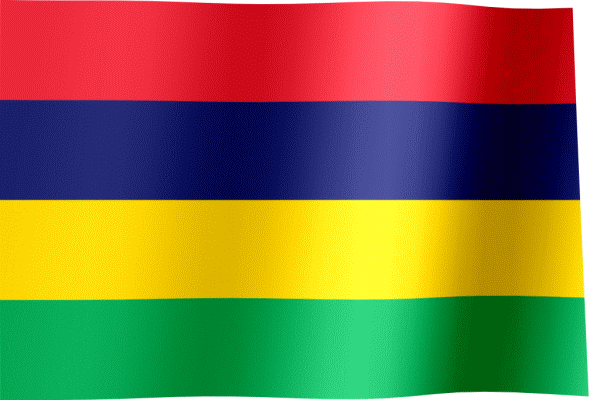
South Asia Corner: Mauritius
Lorem Ipsum is simply dummy text of the printing and typesetting industry. Lorem Ipsum has been the industry’s standard dummy text ever since the 1500s, when an unknown printer took a galley of type and scrambled it to make a type specimen book. It has survived not only five centuries, but also the leap into electronic typesetting, remaining essentially unchanged. It was popularised in the 1960s with the release of Letraset sheets containing Lorem Ipsum passages, and more recently with desktop publishing software like Aldus PageMaker including versions of Lorem Ipsum.
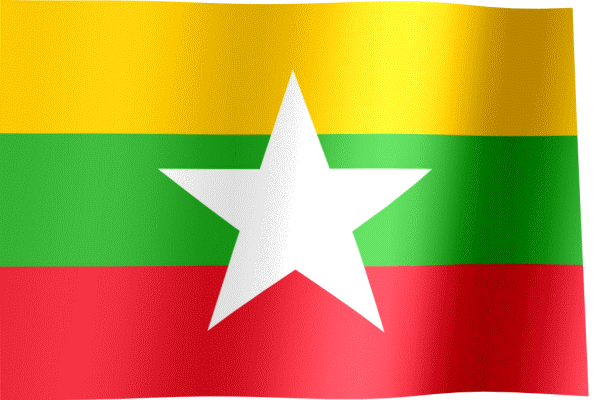
Myanmar
Lorem Ipsum is simply dummy text of the printing and typesetting industry. Lorem Ipsum has been the industry’s standard dummy text ever since the 1500s, when an unknown printer took a galley of type and scrambled it to make a type specimen book. It has survived not only five centuries, but also the leap into electronic typesetting, remaining essentially unchanged. It was popularised in the 1960s with the release of Letraset sheets containing Lorem Ipsum passages, and more recently with desktop publishing software like Aldus PageMaker including versions of Lorem Ipsum.
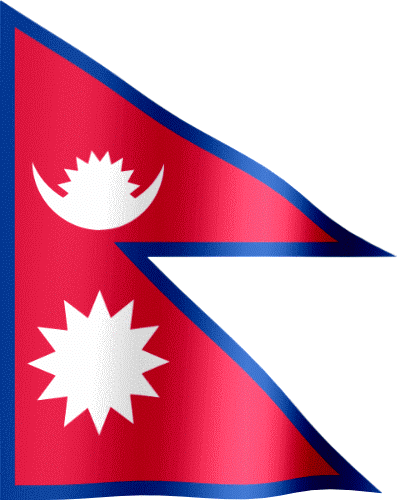
Nepal
During the late 18th-early 19th centuries, the principality of Gorkha united many of the other principalities and states of the sub-Himalayan region into a Nepali Kingdom. Nepal retained its independence following the Anglo-Nepalese War of 1814-16 and the subsequent peace treaty laid the foundations for two centuries of amicable relations between Britain and Nepal. (The Brigade of Gurkhas continues to serve in the British Army to the present day.) In 1951, the Nepali monarch ended the century-old system of rule by hereditary premiers and instituted a cabinet system that brought political parties into the government. That arrangement lasted until 1960, when political parties were again banned, but was reinstated in 1990 with the establishment of a multiparty democracy within the framework of a constitutional monarchy.
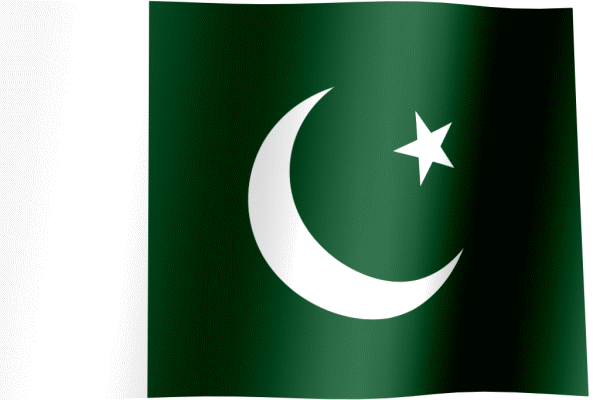
South Asia Corner: Pakistan
Pakistan is the second most populous country in South Asia and ranks the sixth in the world with the highest population. Pakistani population stands at 190.4 million people with a life expectancy of 66.4 years and a population growth rate of 1.6% annually. Pakistan has a GDP of $928.0 billion and a Gross National Income (GNI) per capita of $4,840 in Purchasing Power Parity (PPP).
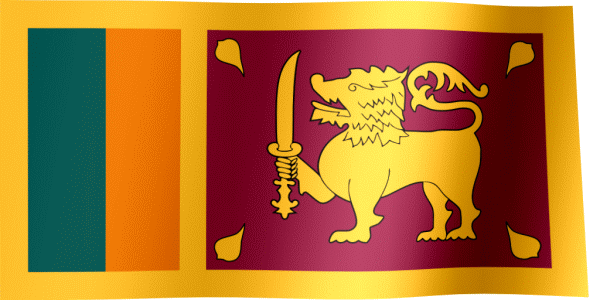
Sri Lanka
Sri Lanka is among the countries with the highest population in south Asia, with of population of 21.7 million people and an annual growth rate of 1.1%. The country is an Island in the Indian Ocean with population density of 325 people per square kilometer. The Sri Lankan life expectancy stands at 74.07 years with a fertility rate of 2.35 births per woman. Sri Lanka GDP grew to $233.7 billion in 2015.
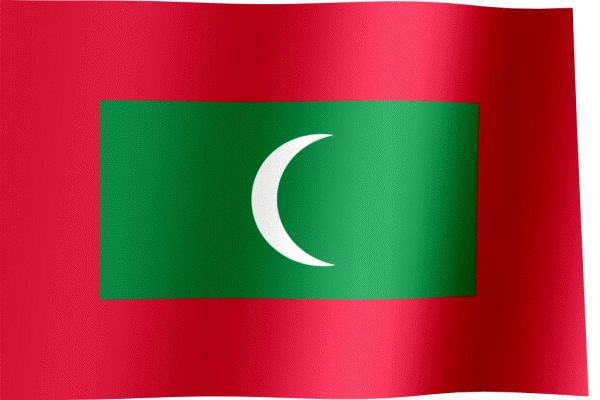
The Maldives
The islands became a republic in 1968, three years after independence. President Maumoon Abdul GAYOOM dominated Maldives’ political scene for 30 years, elected to six successive terms by single-party referendums. Following political demonstrations in the capital Male in August 2003, GAYOOM and his government pledged to embark upon a process of liberalization and democratic reforms, including a more representative political system and expanded political freedoms. Political parties were legalized in 2005.
